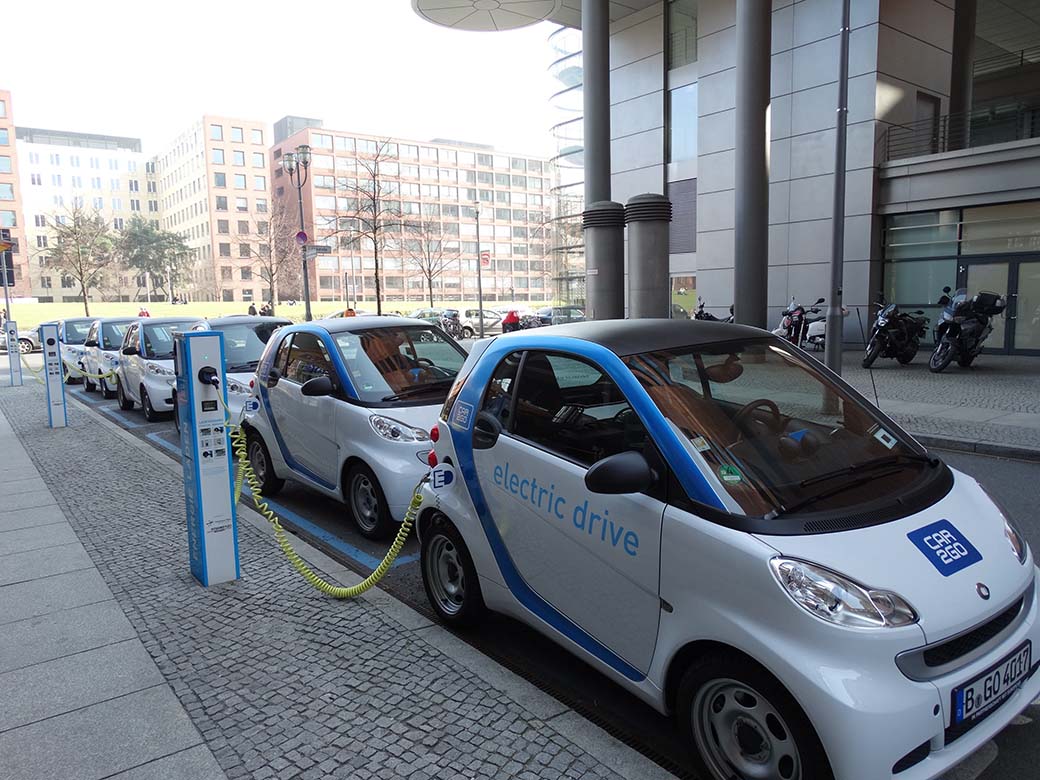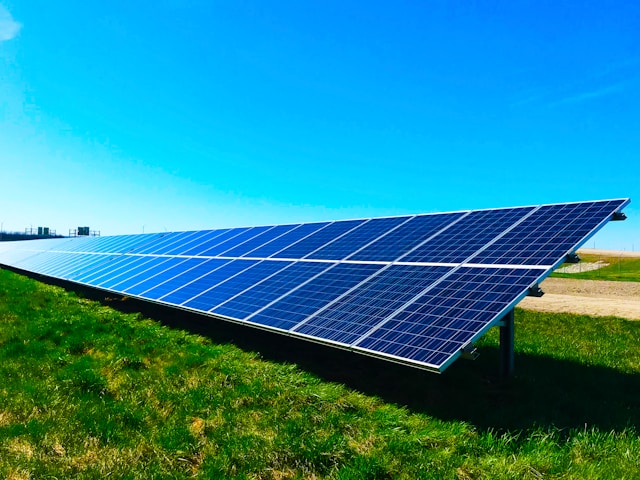Welcome to the enlightening world of TV electricity usage! We all love our televisions, but have you ever wondered how much electricity they consume every month? This comprehensive article will delve into the depths of this topic, providing you with detailed insights, calculations, and practical tips to minimize energy consumption.
Understanding TV Power Consumption
To begin our journey, let’s understand the basics of TV power consumption. TVs, like most electrical appliances, are rated in watts (W). The wattage signifies the amount of electricity the TV draws per hour of operation. A higher wattage means more power usage, leading to increased electricity bills.
Factors Affecting TV Electricity Usage
Several factors influence the electricity consumption of your TV. It’s essential to consider these factors when assessing the overall power consumption.
Screen Size and Technology
The size and technology of your TV play a significant role in power consumption. Larger screens and certain display technologies, such as OLED and QLED, may require more energy than smaller and traditional LED screens.
Brightness and Picture Settings
The brightness level and picture settings on your TV can impact its electricity usage. Higher brightness settings generally result in increased power consumption.
Usage Hours
The amount of time your TV remains on each day directly affects its monthly electricity consumption. Longer viewing hours mean more power consumption.
Standby Mode
Even when your TV is turned off, it might still consume some power in standby mode. This is often referred to as “phantom” or “vampire” power.

Calculating TV Electricity Usage
Now that we have a solid understanding of the factors influencing TV electricity consumption, let’s explore how to calculate it accurately.
To calculate the monthly electricity consumption, follow these simple steps:
- Find the TV’s Wattage: Check the TV’s user manual or the specification label on the back to find the wattage rating;
- Determine Daily Usage: Estimate the average number of hours the TV is on each day;
- Calculate Daily Consumption: Multiply the wattage by the daily usage to get the daily consumption in watt-hours (Wh);
- Monthly Consumption: Finally, multiply the daily consumption by 30 (days in a month) to get the monthly consumption in kilowatt-hours (kWh).
Let’s illustrate this with an example:
Suppose your TV’s wattage is 100 W, and you watch it for an average of 5 hours per day.
Daily Consumption: 100 W x 5 hours = 500 Wh Monthly Consumption: 500 Wh x 30 days = 15,000 Wh or 15 kWh
Tips to Reduce TV Electricity Usage
Now that we have the figures, you might be wondering how to decrease your TV’s electricity consumption. Here are some practical tips to help you save energy and lower your bills:
Adjust Brightness and Picture Settings
Optimize your TV’s brightness and picture settings to find a balance between visual quality and power consumption.
Enable Power Saving Mode
Many modern TVs come with power-saving modes that reduce energy consumption during periods of inactivity.
Unplug or Use Smart Power Strips
When not in use, consider unplugging your TV or using smart power strips that cut off power to devices in standby mode.
Choose Energy-Efficient TVs
When upgrading your TV, look for energy-efficient models with ENERGY STAR certification.
Watch TV Mindfully
Be mindful of the time spent watching TV. Turn it off when not needed, and engage in other energy-efficient activities.

TV Power Consumption: Myths vs. Reality
There are some common myths surrounding TV electricity usage that we need to dispel. Let’s debunk them with facts:
- Myth: Turning TV on and off frequently uses more power than leaving it on;
- Reality: Turning off the TV when not in use saves energy and reduces electricity consumption;
- Myth: Plasma TVs are the most energy-efficient;
- Reality: Plasma TVs tend to consume more power than LED or LCD TVs of the same size.
Comparative Analysis of TV Power Consumption
To better understand the variations in power consumption, let’s compare different types and sizes of TVs:
| TV Type | Screen Size (inches) | Average Power Consumption (W) |
|---|---|---|
| LED | 32 | 30 |
| OLED | 55 | 100 |
| QLED | 65 | 130 |
| Plasma | 50 | 250 |
Environmental Impact of TV Electricity Usage
While understanding how much electricity your TV consumes is essential for managing energy usage and saving on bills, it’s also crucial to consider its environmental impact. TVs, like any electrical device, contribute to greenhouse gas emissions and carbon footprint. Let’s take a closer look at the environmental implications of TV power consumption.
Environmental Impact Factors:
- Carbon Emissions: Electricity generation often relies on fossil fuels, leading to carbon dioxide emissions that contribute to climate change;
- Resource Extraction: TV production involves the extraction of raw materials, impacting ecosystems and biodiversity;
- E-Waste: Improper disposal of TVs leads to e-waste, posing environmental hazards due to toxic components.
Energy-Efficient TV Models and Certifications
To promote sustainable and energy-efficient choices, let’s explore some top-rated TV models and certifications:
Energy Star Certification
The ENERGY STAR program identifies energy-efficient products, including TVs, meeting strict guidelines set by the U.S. Environmental Protection Agency (EPA).
Top Energy-Efficient TVs
| TV Model | Screen Size (inches) | Energy Star Certified |
|---|---|---|
| EcoVision 5000 | 55 | Yes |
| GreenTech X20 | 65 | Yes |
| SustainaView 42 | 42 | Yes |
Calculating TV Electricity Cost
Understanding the electricity consumption of your TV is essential, but you might be wondering how it translates into monthly expenses. Let’s calculate the cost of using a TV based on average electricity rates.
To calculate the monthly cost:
- Find Your Electricity Rate: Check your electricity bill for the cost per kilowatt-hour (kWh);
- Calculate Monthly Cost: Multiply the TV’s monthly consumption (in kWh) by the electricity rate.
Sustainable TV Viewing Practices
In addition to choosing energy-efficient TVs, adopting sustainable viewing practices can further reduce your ecological impact:
- TV-Free Days: Designate specific days for TV-free activities, encouraging family interactions and other pastimes;
- Host Watch Parties: Gather with friends or family to watch shows together, minimizing the number of TVs in use;
- Support Eco-Friendly Brands: Choose TVs from manufacturers committed to sustainability and environmental responsibility.

Conclusion
Congratulations! You are now well-informed about TV electricity consumption per month. Armed with this knowledge, you can make conscious decisions to manage your energy usage better and save on electricity bills. Remember to consider the factors affecting consumption, calculate usage accurately, and implement energy-saving tips. Be a responsible TV viewer and an energy-conscious individual.








